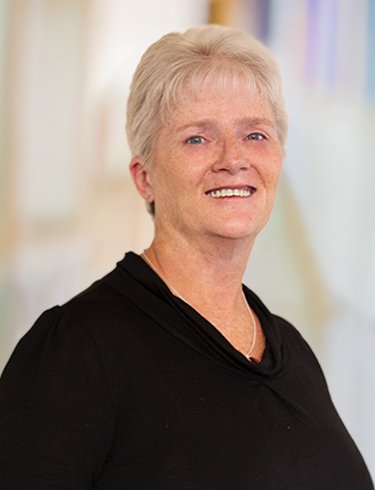Q: A physician performed a fusion at the first tarsometatarsal joint and an open reduction with internal fixation of the second TMT joint. Can I report both 28740 and 28615?
A: Yes, it would be appropriate to report both codes. They are being done at separate sites. The first procedure is a fusion at the first TMT and the second procedure is an ORIF of the second TMT.
Q: What CPT code would be appropriate for repair of an osteochondritis dissecans lesion of the talar dome using an allograft?
A: Unfortunately, there is not a CPT code that describes the procedure using allograft. The only option available is 28446 but that is with autograft so we cannot use it. This would be reported using an unlisted code (27899)
Q: If a surgeon does a reconstruction of both the anterior tibiofibular ligament and the calcaneofibular ligament, would we report two units of ligament repair?
A: No, CPT 27698 includes the repair of both the ATFL and the CFL so you would only report the code once.
10/14/22 Q: The Brostrom procedure and CPT assist that is noted in the webinar, it mentions that a “tissue is required” for secondary repair. For Brostrom procedure this does not always require another tissue or graft. Is Brostrom procedure considered secondary as long as the documentation is “chronic” or “ankle instability”?
A: Usually, you will see another tissue or graft used, but this is not required (per the CPT code descriptor). Here are the definitions defined by the APMA:
- Primary vs. Secondary
- Primary repair: Any repair of an acute injury completed within the first 24 hours after the injury.
- Delayed primary repair: A repair performed within 24 hours to two weeks of the injury.
- Secondary repair: A repair performed after two weeks of injury.

Mary Bort, CPC, CPMA, CANPC, CASCC, COSC
Consultant
During her free time, she loves to do crafts, enjoys the outdoors, and the Broncos! She has 4 daughters, and 10 grandchildren which light up her life.

Good morning I have a questions regarding procedure code 27929 with diagnosis code S93.432A, would this diagnosis align to the procedure, if not can you kindly explain why it wouldn’t?
Hi Patricia,
CPT 27929 does not appear to be a valid CPT code. Our team would not be able to comment based on codes alone for your scenario as it would require documentation review to evaluate the full picture to see what is supported.
When performing a total ankle arthroplasty, is it possible to code for a tibial prophylactic nail insertion due to poor bone quality? (27702, 27745)
Hi Lynn,
This one is tough to answer without seeing the documentation. Per the CCI edits, those two CPT codes do bundle however a modifier is allowed.
We recommend reviewing the documentation to make sure it supports it.
Very Good